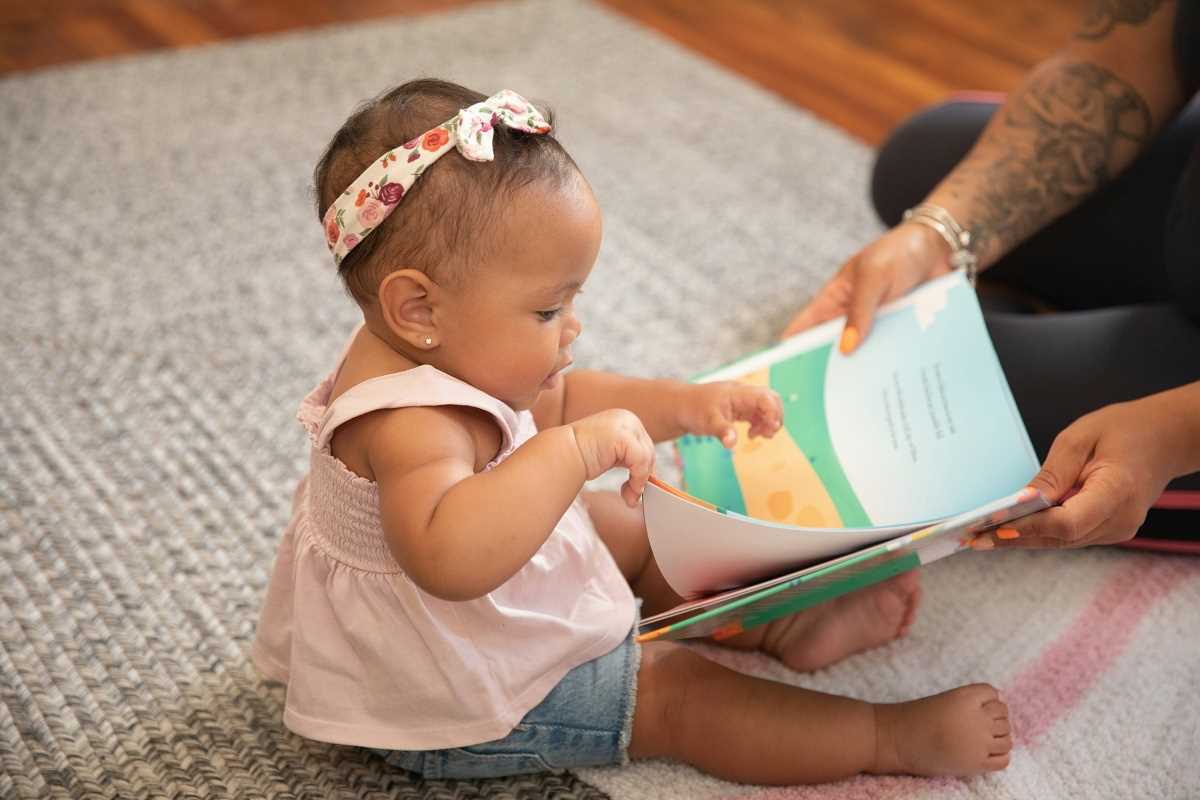Blending two families’ traditions into a new, shared set of rituals is one of the most rewarding and creative aspects of building a life together as a couple. By combining meaningful customs from each side, you honor both families while creating something uniquely yours. Whether it’s celebrating holidays, building daily routines, or starting completely new traditions, these rituals become the glue that strengthens your bond and gives your family a distinct identity.
Of course, melding traditions isn’t always simple. It takes open communication, mutual respect, and a little creativity. Here’s how to honor both sides, work through differences, and build meaningful rituals everyone can cherish, especially when it comes to holiday celebrations.
1. Start with Conversations That Celebrate Both Sides
Creating rituals begins with understanding what traditions and values are most important to each partner. Take the time to share stories, memories, and family customs that hold special meaning. This discussion will help you figure out what you’d like to carry forward, adapt, or recreate.
How to start the conversation:
- Share childhood memories: Talk about the traditions you each grew up with, such as how holidays were celebrated, meaningful family recipes, or rituals for big life events.
- Identify what’s sacred: Ask each other, “What would feel incomplete without this tradition?” Highlight the customs that are non-negotiable for both sides.
- Discuss values: Dig deeper into the why behind traditions. For example, if one family always volunteered at a food bank on Christmas, the value might be “giving back,” which leaves room for creative ways to honor that priority.
Celebrating both families’ uniqueness creates a foundation of mutual respect and helps recognize the traditions blended into your new family narrative.
2. Blend Values into New Traditions
Once you’ve identified what’s meaningful to each family, think about how to seamlessly blend those elements into traditions that reflect your shared values as a couple. This is your opportunity to combine the best of both worlds while building something special together.
Ideas for blending traditions:
- Holiday meals: If one family loves turkey for Thanksgiving and the other insists on a honey-baked ham, why not serve both? Or combine flavors with a fusion meal, like stuffing inspired by different cultural cuisine.
- Tree decorating rituals: If one family has heirloom ornaments and the other prefers handmade crafts, make it your tradition to add DIY ornaments alongside family keepsakes each year.
- Daily or weekly rituals: For everyday traditions, weave small habits like Sunday breakfasts, game nights, or bedtime stories into your routine, reflecting elements each partner holds dear.
If one partner’s family celebrates New Year’s with fireworks and the other observes cultural customs like eating specific foods for good luck, combine the two! Plan a festive evening with both fireworks and a meal featuring symbolic dishes like lentils, dumplings, or greens.
Blending traditions doesn’t have to be perfect; the effort itself shows commitment to honoring both sides.
3. Navigate Differences with Respect
It’s natural for differences to arise when merging traditions, especially during emotionally loaded times like holidays. Balancing potentially conflicting preferences requires patience, compromise, and a willingness to focus on connection rather than perfection.
How to handle differences:
- Choose what resonates: If a particular tradition doesn’t feel meaningful to both of you, it’s okay to adapt or skip it altogether.
- Rotate participation: Take turns honoring one side’s tradition one year and the other’s the next, or split celebrations between both.
- Set boundaries: If any traditions cause conflict or stress (like oversized family obligations), it’s okay to gently adjust or set them aside in favor of something simpler.
Frame differences as opportunities to celebrate diversity rather than points of contention. For example, “Your family’s midnight toast is so different from mine, and I love how meaningful it feels. How can we include both styles this year?”
When navigating differences thoughtfully, you’ll find common ground that enriches both sides of the experience.
4. Personalize New Rituals as a Couple
Creating family rituals is a chance to infuse your personalities into traditions that feel uniquely yours. By adding your own twist, you’ll craft moments infused with meaning and joy just for your family.
Ways to personalize traditions:
- Start a signature holiday dish, like making homemade cinnamon rolls every Christmas morning or baking a birthday cake from scratch each year.
- Write handwritten notes or gratitude letters to each other on anniversaries to keep the romance alive.
- Create annual events, like an autumn family picnic, a spring cleaning day where everyone gets involved, or a “kick-off” movie night every summer.
Holiday-specific ideas:
- Design your own holiday traditions, like starting a “saint of surprises” where family members perform secret acts of kindness for each other.
- Combine cultural elements like lighting a menorah alongside decorating a Christmas tree for interfaith families.
- Create a keepsake advent-style calendar that celebrates activities (like ice skating or cookie decorating) rather than gifts.
Your new rituals should feel fun, authentic, and reflective of how you want to grow together as a couple and family.
5. Include Extended Family While Setting Boundaries
Blending family traditions often means navigating extended family dynamics, which can feel tricky. Including parents and relatives in meaningful ways, while setting boundaries on what works for your family, can help everyone feel involved and respected.
Tips for involving family:
- Invite collaboration: Ask relatives to share recipes, heirlooms, or symbolic crafts that can add special touches to your tradition.
- Plan joint gatherings: Organize blended family events for major holidays so everyone feels represented (like hosting a combined Thanksgiving meal that reflects both sides).
- Rotate hosting duties: Alternate whose family you visit for big celebrations to keep things fair.
Setting boundaries:
If extended family expectations become overwhelming, plan smaller, stress-free gatherings your nuclear family can enjoy. For example, celebrate Christmas morning at home before visiting relatives later in the day.
Clear communication ensures everyone feels valued while giving you space to customize what matters most to your immediate family.
6. Revisit and Evolve Traditions Over Time
Your family’s dynamics, interests, and needs will grow and change over time, and your rituals should grow with you. Don’t be afraid to revisit and adapt them to better fit your evolving lives.
When to reassess traditions:
- New stages of life: Adding children, pets, or moving to a new home may inspire fresh takes on old traditions.
- Seasonal adjustments: A family move or a job change might call for scaling back holidays, shifting locations, or simplifying routines.
- Feedback from family: If certain customs feel outdated or stressful, consider replacing them with new ones that bring joy and ease instead.
Make it a habit to check in each year, asking what’s working, what feels overwhelming, and how you can tweak things to better align with your values and circumstances.
Rituals become truly meaningful when they adapt to support your family’s growth.







